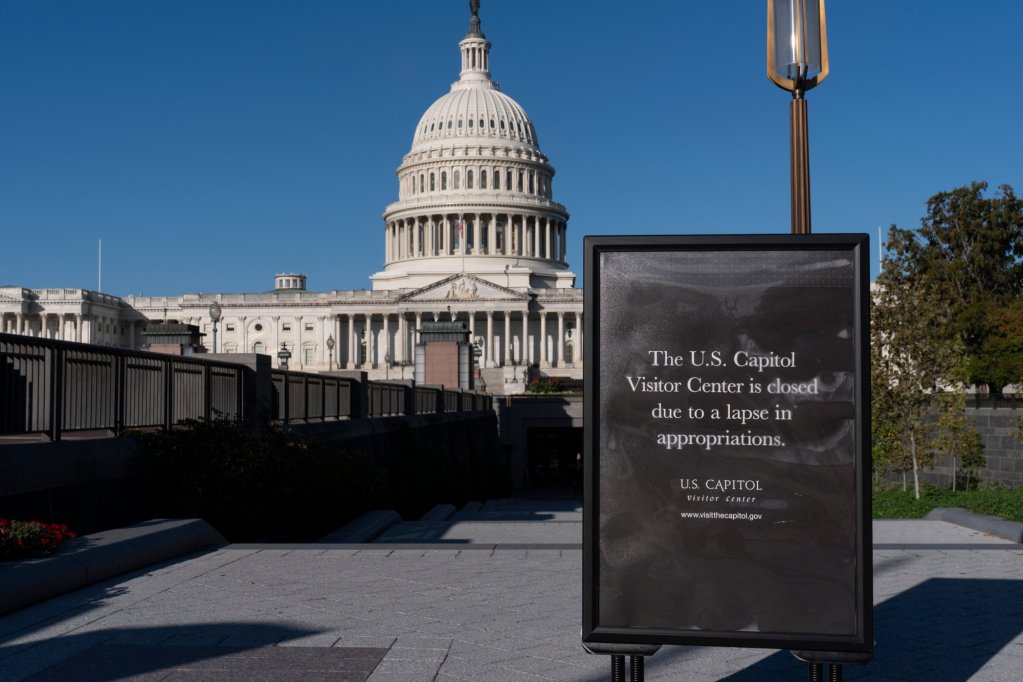The United States has reached a staggering milestone as its publicly held debt surpasses **$30 trillion**, equivalent to approximately **100% of GDP**. This figure marks a dramatic increase from over **$712 billion** in **1980**, which was around **25% of annual GDP**. While the economy has grown tenfold over this period, the national debt has expanded by **42 times**, raising concerns about long-term economic stability.
Historically, the U.S. has managed to reduce its debt-to-GDP ratio after major conflicts, such as following World War II when it peaked at **106%** before declining to **25%** by **1980**. This reduction was due to a combination of inflation, economic growth, and a commitment to fiscal discipline. However, since the **Reagan era**, the culture of chronic budget deficits has taken root, fundamentally shifting the approach to national debt.
Three primary factors have contributed to the current state of affairs. First, the expansion of the entitlement state has created significant financial obligations that remain largely untouched. The **Social Security** reforms of **1983** are one of the few examples of bipartisan reform in entitlement programs. Since then, neither Social Security nor **Medicare** has undergone significant reforms, despite looming insolvency issues. For instance, without changes, beneficiaries could face cuts exceeding **20%** by **2033**.
Second, political promises for tax cuts without corresponding spending reductions have become common practice. This trend has been especially pronounced among Republicans, who often assert that tax cuts will “pay for themselves.” An example of a rare exception occurred with the recent **“One Big Beautiful Bill,”** which attempted to offset **$1.5 trillion** in tax cuts with spending reductions. Despite this, the overall financial picture remains bleak.
Democrats, on the other hand, argue that increasing revenue from wealthier taxpayers could solve the debt crisis. Yet, the reality is that high-income earners already contribute significant taxes, and the math still does not align with the growing deficit.
The role of the **Federal Reserve** has also been pivotal. Since the **1980s**, under **Alan Greenspan**, the Fed has maintained artificially low interest rates and engaged in debt monetization. This policy allowed politicians to borrow extensively without immediate repercussions. However, as of now, interest payments on the national debt have surged from **$372 billion** just a few years ago to nearly **$1 trillion**, surpassing expenditures on defense or Medicaid. Projections indicate that annual interest payments could reach **$1.8 trillion** within a decade.
The current trajectory of U.S. debt suggests it could hit **166% of GDP by 2054**. While some argue that inflation might stabilize the debt, such a scenario could destabilize the economy and lead to significant loss of purchasing power for citizens.
Both major political parties are contributing to this crisis. Democrats defend existing entitlements and propose new benefits, while Republicans advocate for increased defense spending and additional tax cuts. Both sides appear to rely on the hope that economic growth will mitigate the debt. Yet, even sustained real annual growth of **3%** would yield only **$4.4 trillion** in additional revenue over a decade, while total deficits could equal **$21.7 trillion**.
Critics emphasize that the current debt explosion results not from waste or insufficient revenue, but from unrealistic promises made to retirees and the escalating costs associated with healthcare. Historically, U.S. debt has decreased after wars, but since **1980**, the trend has reversed, leading to a pattern of peace without fiscal prudence.
In conclusion, the interplay of entitlement expansion, tax policies, and Federal Reserve strategies has fostered an environment where national debt continues to rise unchecked. As **Veronique de Rugy**, a senior research fellow at the **Mercatus Center**, notes, the responsibility to address this pressing issue lies with both political parties, who must confront the unsustainable path of increasing national debt.







